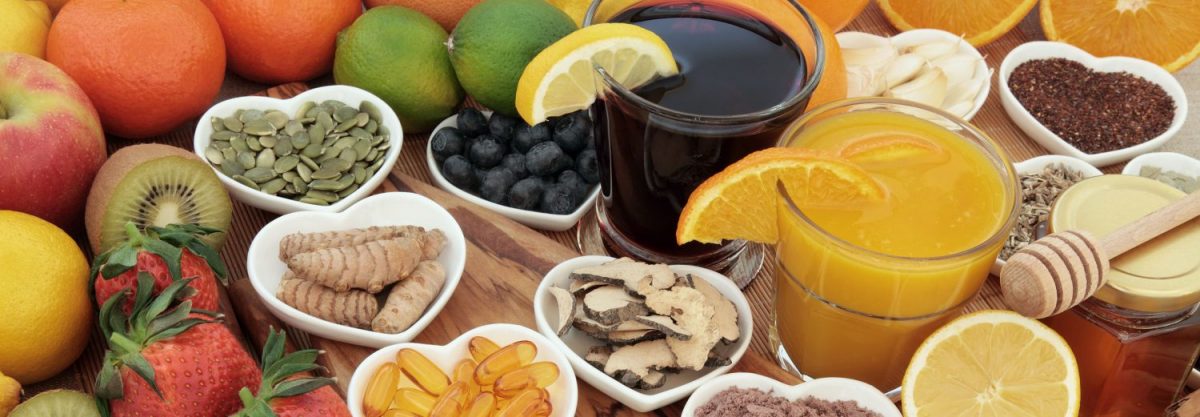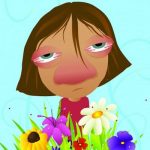
Welcome back! Last week, we talked about Adult Children of Hoarders. It was a very personal story and if you missed that blog, you will want to catch up. Click HERE to read last week’s blog.
This week we are going to talk about Histamine Intolerance. It sounds like it should be an allergy, but it is not. It can be triggered by a head injury, PTSD, panic attacks, and more. While it is not an allergy, it can and does present with allergy-like symptoms. So guess what? That chronic itching, stomach issues, migraine, fatigue, joint pain, asthma, and runny nose? All signs that you could be experiencing Histamine Intolerance!
What Is It?
Histamine Intolerance is a condition characterized by allergy-like symptoms without a clear cause. These symptoms occur when your body is unable to break down histamine. A build-up leads to dangerously high levels of histamine, causing an allergic response.
Most of this histamine comes from your food and builds up in tissues called mast cells. Allergies, alcohol, certain medications, traumatic brain injuries, and PTSD can cause the release of histamine.
What Are The Common Symptoms?
Histamine intolerance can present with allergy-like symptoms such as:
- Skin issues: Hives, Rashes, Itching
- GI Tract Problems: Diarrhea, IBS, Stomach Cramps, Gas
- Mental Difficulties: Migraines, Loss of Consciousness, Dissiness, Fatigue
- Bone Concerns: Joint Pain, Bone Aches
- Emergencies: Anaphylaxis, Asthma
Histamine Intolerance is not a “true” allergy, even though its symptoms present as one. This is because no one food or thing triggers an allergic response. Instead, it’s the result of a sudden release of histamine from stores in your body. This histamine release can be unpredictable and difficult to trace.
Normally, two enzymes break histamine down – DIamine oxidase (DAO) and histamine N-methyltransferase (HNMT). In individuals with Histamine Intolerance, these enzymes are less effective, causing Histamine to build up rather than dissipating.
Foods that are high in Histamine are:

- Fish, especially canned fish like Tuna.
- Smoked or salted meat (particularly sausage).
- Aged cheeses – the older the cheese, the higher the Histamine content.
- Aged alcohol – the older the alcohol, the higher the Histamine content.
- Citrus fruits and legumes.
- Mushrooms, spinach, avocados.
- Nuts and soy.
Additionally, foods that aren’t high in Histamine can still trigger a reaction. These foods are known as “Histamine Liberators”.
I Suspect I Have This Issue…So Now What?
Diagnosis can be tricky because the symptoms are not specific. Blood tests can measure DAO levels but are not a reliable indicator of Histamine Intolerance. There are several methods doctors can use:
- Eating a low Histamine diet. An extreme version of this is called the “potato-rice diet“. Potatos and rice are extremely low in Histamine. I’m not a doctor, but this diet doesn’t sound very healthy to me (personal opinion only).
- Taking DAO and HNMT supplements with a meal. Like lactase for the lactose intolerant, these supplements can help people with Histamine Intolerance.
- Taking antihistamines intended for allergies. These over the counter pills will remove excess Histamine.
- Talk to your doctor about your options. They may recommend one, or more than one, of these mentioned above.
Can Histamine Intolerance Be Serious?

Yes. People have been known to experience anaphylaxis. This is life-threatening and requires either an epi-pen followed by a 911 call, or a drive to the ER. Symptoms of anaphylaxis are:
- Swollen throat and difficulty breathing.
- Stomach pain/cramping
- Elevated pulse
- Shock
- Severe drop in blood pressure
- Dizziness, lightheadedness, or loss of consciousness
I’m Pregnant
That’s ok. Histamine Intolerance can cause menstruation to be more painful, but pregnancy actually reduces the symptoms. The reason for this is the placenta produces a very high amount of DAO which, if you remember Dear Reader, is the enzyme that breaks down Histamine. This effectively creates an all-natural pain reliever. Have you ever heard a woman say she felt the healthiest when she was pregnant? One has to wonder if this is why…
I Like To Have An Adult Beverage
That’s up to you, but just know that alcohol is what’s known as a “Histamine Liberator”. It only takes some alcohol to cause a flood of Histamine.
Does Histamine Play Any Other Roles?
Yes. It’s involved in many other bodily functions. Histamine regulates our sleep cycles, lowers our blood pressure, prevents convulsions, allows more fluid to pass through mucous membranes, releases gastric acid into your stomach, and more.
I Suspect I Have This Intolerance, So Now What?

Keep a food diary. You should start to see a pattern between what you eat and how you feel. Everyone is different, so comparing notes with your best friend is futile.
Cook your own food. Buy the freshest food you can find and cook it up yourself. Maybe someday Histamine levels will be listed on products the way gluten is now listed for people that are intolerant.
See your doctor. They may have medications that can help you.
Well, Dear Reader, that’s all I have for you this week. I’m willing to bet there are many of you out there wondering if this is what you have and are realizing that this is why you’ve never been able to keep things under control when it comes to joint pain or congestion, am I right? I hope this helps you in some small way to find your answers.

See you all next week…
Editors note: This blog is not a replacement for sound medical advice, and many diseases, disorders, and syndromes have symptoms that overlap. Only a qualified medical professional can diagnose you. That said, if you think this blog may be helpful to others, please hit the Facebook Icon and share it on your personal pages. Thank you for reading us, we really do appreciate you!

1 Comment